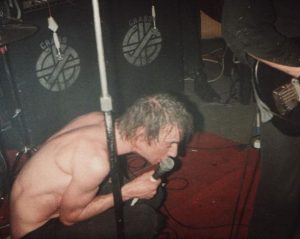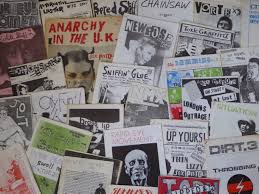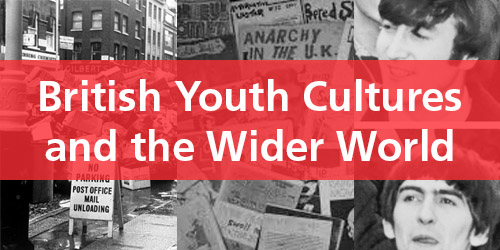
Pop music and youth culture are known to be among the great British exports of the late twentieth century. Be it teddy boys/girls or The Beatles, mods or the Sex Pistols, football hooligans or the Spice Girls, the seemingly rapid turnover of styles and sounds that stretched from at least the 1950s give sense to a very real period of cultural vibrancy. This was generated, in large part, by the political and socioeconomic changes evident from 1945: improved living standards, the welfare state, expanding educational opportunities, technology, consumerism etc. But it was also driven by an ingenuity often instigated ‘from below’; by young people themselves, looking for spaces, cultures and identities of their own.
The articles – a product of the panel put together by the Subcultures Network for the 2016 British Scholar Society conference – are arranged in broadly chronological order. Though they vary in terms of time, place and space, they each offer a meshing of cultural and political history designed to use youth culture as a means of understanding broader facets of socio-political change. First, Felix Fugh looks at race relations in 1950s and 1960s London through a youth cultural lens, positing the sites, sounds and styles of youth culture as contested spaces that brokered tensions but also facilitated cohabitation. Through the interactions of British, US and Jamaican culture, Fugh argues, teenagers began to negotiate many of the processes that gave rise to a multiracial and multicultural post-war metropolis.

John Marsland also focuses on London, this time looking at squatting and the struggle for housing that took place through the 1960s, ‘70s and into the 1980s. In so doing, he links the squats to the counterculture of the period and compares developments in Britain to analogous ‘movements’ on the continent. Thereby, networks were established and information shared. Ultimately, Marsland suggests, the diffuse actions of the squatters’ movement represented an important – and still pertinent – alternative to the emergent status quo of post-industrial-cum-neoliberal capitalism.

Kirsty Lohman and Matthew Worley move the focus forwards to punk, offering a comparative study of two bands – Crass and Rondos – that utilised youth culture as a medium of political protest and communication. The bands briefly collaborated in 1979, but different ideological approaches soon caused rupture. Given this, the article looks at how punk engaged with politics, suggesting the tensions exposed by Crass and Rondos’ relationship reveal the contested nature of the culture’s form and content.

Finally, Marlene Schrijnders offers a grass-roots examination of how the post-punk gothic subculture found expression across a frontier of the Cold War. By using fanzines, Schrijnders examines the existential and political connotations of post-punk culture, tracing both the continuities and divergences of cultural transmission. Taken altogether, it is hoped this special issue will reaffirm the potential of using youth culture as a means of exploring processes of socio-political change and simultaneously showcase new work by an emergent generation of scholars.
Taken from the Guest Editors Introduction of Britain and the World: British Youth Culture and the Wider World.





